
Code: 05250446
The Structure of Classical Diffeomorphism Groups
by Augustin Banyaga
In the 60's, the work of Anderson, Chernavski, Kirby and Edwards showed that the group of homeomorphisms of a smooth manifold which are isotopic to the identity is a simple group. This led Smale to conjecture that the group Diff'" ... more
- Language:
 English
English - Binding: Hardback
- Number of pages: 202
Publisher: Springer, Berlin, 1997
- More about this

273.23 €

Low in stock at our supplier
Shipping in 13 - 16 days
Potřebujete více kusů?Máte-li zájem o více kusů, prověřte, prosím, nejprve dostupnost titulu na naši zákaznické podpoře.
Add to wishlist
You might also like
-

Nelson Spelling Pupil Book 4 Year 4/P5
15.84 € -
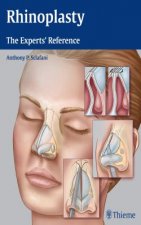
Rhinoplasty
232.95 € -9 % -

Political Economy of Macroeconomic Policy Reform in Latin America
137.67 € -10 % -

Sid
13.21 € -

Non-market Entrepreneurship
124.85 € -9 % -
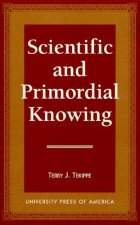
Scientific and Primordial Knowing
179.76 € -

Settling the Pop Score
197.22 €
Give this book as a present today
- Order book and choose Gift Order.
- We will send you book gift voucher at once. You can give it out to anyone.
- Book will be send to donee, nothing more to care about.
More about The Structure of Classical Diffeomorphism Groups
You get 685 loyalty points
 Book synopsis
Book synopsis
In the 60's, the work of Anderson, Chernavski, Kirby and Edwards showed that the group of homeomorphisms of a smooth manifold which are isotopic to the identity is a simple group. This led Smale to conjecture that the group Diff'" (M)o of cr diffeomorphisms, r ~ 1, of a smooth manifold M, with compact supports, and isotopic to the identity through compactly supported isotopies, is a simple group as well. In this monograph, we give a fairly detailed proof that DifF(M)o is a simple group. This theorem was proved by Herman in the case M is the torus rn in 1971, as a consequence of the Nash-Moser-Sergeraert implicit function theorem. Thurston showed in 1974 how Herman's result on rn implies the general theorem for any smooth manifold M. The key idea was to vision an isotopy in Diff'"(M) as a foliation on M x [0, 1]. In fact he discovered a deep connection between the local homology of the group of diffeomorphisms and the homology of the Haefliger classifying space for foliations. Thurston's paper [180] contains just a brief sketch of the proof. The details have been worked out by Mather [120], [124], [125], and the author [12]. This circle of ideas that we call the "Thurston tricks" is discussed in chapter 2. It explains how in certain groups of diffeomorphisms, perfectness leads to simplicity. In connection with these ideas, we discuss Epstein's theory [52], which we apply to contact diffeomorphisms in chapter 6.
 Book details
Book details
Book category Books in English Mathematics & science Mathematics Geometry
273.23 €
- Full title: The Structure of Classical Diffeomorphism Groups
- Author: Augustin Banyaga
- Language:
 English
English - Binding: Hardback
- Number of pages: 202
- EAN: 9780792344759
- ISBN: 0792344758
- ID: 05250446
- Publisher: Springer, Berlin
- Weight: 481 g
- Dimensions: 18 × 156 × 14 mm
- Published: 1997
Trending among others
-

Introduction to Topological Manifolds
79.63 € -

Functional Differential Geometry
60.45 € -16 % -

Differential Geometry of Curves and Surfaces
49.85 € -

Introduction to Algebraic Geometry
17.05 € -4 % -

Theory of Spinors
12.61 € -21 % -

Semi-Riemannian Geometry With Applications to Relativity
73.98 € -

Geometry: Euclid and Beyond
66.81 € -
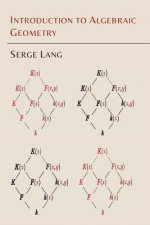
Introduction to Algebraic Geometry
20.08 € -
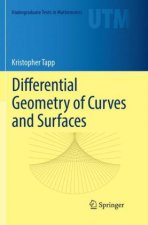
Differential Geometry of Curves and Surfaces
58.84 € -4 % -

Trigonometry: A Complete Introduction
15.23 € -28 % -

Algebra and Trigonometry
114.25 € -

Schaum's Outline of Differential Geometry
25.53 € -19 % -
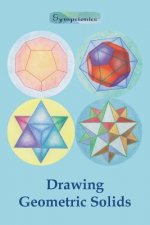
Drawing Geometric Solids
10.79 € -2 % -

Hidden Geometry of Flowers
35.12 € -28 % -
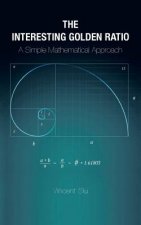
Interesting Golden Ratio
17.86 € -
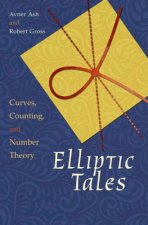
Elliptic Tales
14.63 € -19 % -

Euclid's Elements (The Thirteen Books)
22.10 € -

Drawing Circle Images
7.96 € -3 % -

Riemannian Geometry
64.19 € -4 % -

Gauge Theory and Variational Principles
11.50 € -18 % -

Shapes, Space and Symmetry
14.52 € -19 % -

McGraw-Hill Education Geometry Review and Workbook
13.41 € -17 % -

Polyominoes
44.40 € -

Differential and Riemannian Manifolds
72.26 € -

Differential Geometry and Mathematical Physics
307.24 € -

Royal Road to Algebraic Geometry
110.31 € -
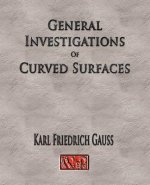
General Investigations Of Curved Surfaces - Unabridged
13.62 € -

Introduction to Differential Manifolds
83.36 € -

Islamic Design
7.56 € -13 % -
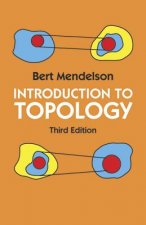
Introduction to Topology
14.12 € -21 % -
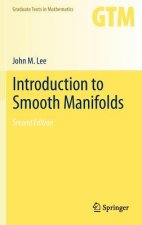
Introduction to Smooth Manifolds
80.84 € -

Ruler and Compass
9.07 € -
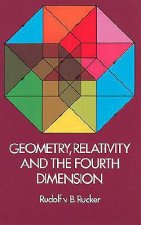
Geometry, Relativity and the Fourth Dimension
12.91 € -9 % -
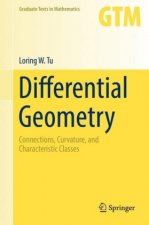
Differential Geometry
71.05 € -7 % -

Differential Geometry
18.66 € -17 % -

Sacred Geometry
12 € -21 % -
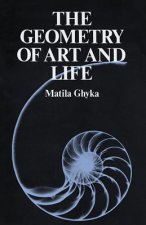
Geometry of Art and Life
12.81 € -18 % -
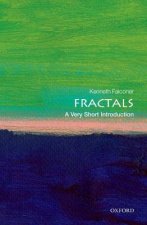
Fractals: A Very Short Introduction
9.28 € -28 % -
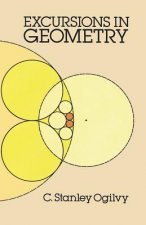
Excursions in Geometry
14.12 € -10 % -

Lie Groups, Lie Algebras, and Representations
62.17 € -17 % -
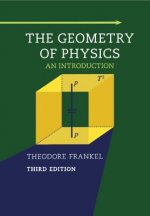
Geometry of Physics
90.03 € -5 % -
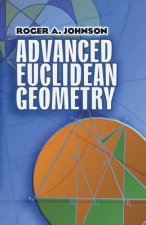
Advanced Euclidean Geometry
15.43 € -18 % -

Euclid's Window
11.29 € -28 % -
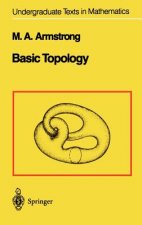
Basic Topology
72.16 € -

Chaos and Fractals
60.05 € -

3264 and All That
58.94 € -2 % -

Drawing Geometry
13.31 € -28 % -

Computational Geometry
51.87 € -17 % -

Complex Numbers from A to ... Z
77.71 €
Collection points Bratislava a 2642 dalších
Copyright ©2008-24 najlacnejsie-knihy.sk All rights reservedPrivacyCookies


 15549 collection points
15549 collection points Delivery 2.99 €
Delivery 2.99 € 02/210 210 99 (8-15.30h)
02/210 210 99 (8-15.30h)